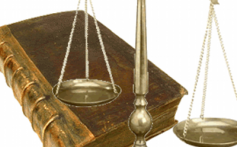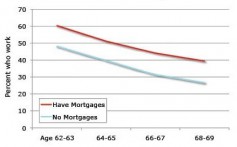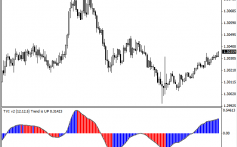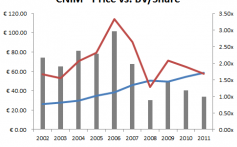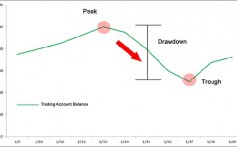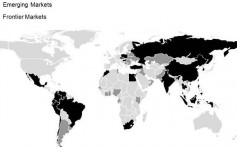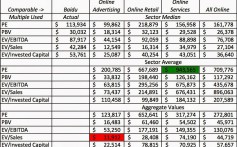Ask The Expert Advice and answers about money
Post on: 14 Июль, 2015 No Comment
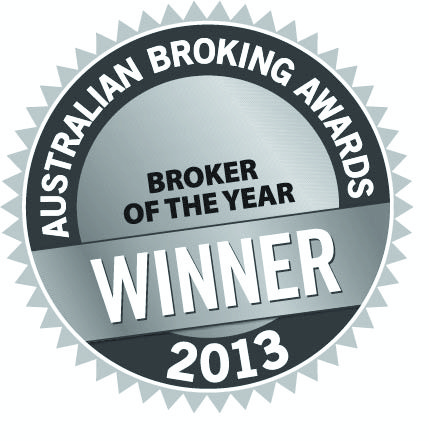
About Richard Barrington, CFA & MoneyRates.com Senior Financial Analyst
Richard Barrington, CFA, is the primary spokesperson and personal finance expert for MoneyRates. He is a 20-year veteran of the financial industry, including having served for over a dozen years as a member of the Executive Committee of Manning & Napier Advisors, Inc. He earned his Chartered Financial Analyst designation in 1991 with the Association for Investment Management and Research (AIMR). Richard has written extensively on investment topics, including investments, money market accounts, certificates of deposit, and personal finance as it relates to retirement.
Richard has been quoted by numerous media publications such as The New York Times, The Wall Street Journal, and Pensions & Investments magazine. [. ] Read more Richard can discuss economic and market history in detail and is well respected for his ability to relate to a broad audience from a personal financial standpoint. Richard approaches financial topics with an understanding that fresh perspectives are often more valuable than mainstream consensus. He has written for over 50 financial Web sites, such as Investopedia, Yahoo, MSN, Allbusiness, and Encarta, and is most sought after by members of the media for his niche expertise in these topics: Certificates of Deposit, Money Market and Savings Accounts, Saving for Retirement, Housing and Mortgage Meltdown, Interest rates, Investments, Macro Economic and Government Policy Issues, Historical Financial Events, Discerning Long Term Implications
I-Bonds or CDs?
March 6, 2015
By Richard Barrington | MoneyRates.com Senior Financial Analyst, CFA
Q: I just inherited about $10,000. What would be the wisest thing to do — invest in an I-Bond or a certificate of deposit?
A: Assuming your goals are security and income, Series I Savings Bonds (I-Bonds) and certificates of deposit (CDs) make for an interesting comparison, especially given the unusually low inflation environment of recent years.
I-Bonds are issued by the U.S. Treasury and pay an interest rate that is made up of a fixed rate plus a variable rate based on the rate of inflation over the prior six months. For the most recently issued I-Bonds, that fixed rate was zero, making these instruments purely an inflation hedge. You can expect your rate of interest to keep up with inflation, no more and no less.
An important caveat about an inflation hedge is that inflation can differ from one person to the next. I-Bond rates are determined by changes in the Consumer Price Index (CPI), which measures a broadly based basket of typical consumer goods. However, if your expenses are weighted heavily toward a particular area — for example, if you face significant health care expenses, or plan on going to college — the changes in your expenses may not match changes in the CPI, and thus I-Bonds cannot be guaranteed to keep up with those expenses.
CD rates are generally fixed for the full term of the CD, and are based on prevailing market interest rates at the time of issuance. Market rates include an implicit inflation assumption, but they are not specifically geared to the inflation rate nor do they change as the inflation rate changes.
CD terms can range from as little as one month to multiple years. I-Bonds are issued for 30-year terms, but are redeemable after one year, and without penalty for five years. The latter restriction makes five-year CDs a good comparison for I-Bonds. Currently, I-Bonds are paying a 1.48 percent annual interest rate. Five-year CDs are paying an average of just 0.79 percent, though you should be able to do better if you shop around for the best CD rates. As of this writing, several banks are offering rates of 2 percent or more.
Where the recent inflation environment makes things more interesting is that the change in the CPI has turned sharply negative since the last time the I-Bond rate reset. That raises the possibility that the overall interest rate on I-Bonds could turn negative the next time it resets, on May 1, 2015.
In that case, you are likely to find the best yield for the near-term by shopping for the best CD rates. However, if you think that inflation will soon return to positive territory and start rising sharply, I-Bonds may be worth a closer look, since CD rates won’t be able to adjust quickly.
Got a question about saving, investing or banking? MoneyRates.com invites you to submit your questions to its Ask the Expert feature. Just go to the MoneyRates.com home page and look for the Ask the Expert box on the lower left.
More from MoneyRates.com:






